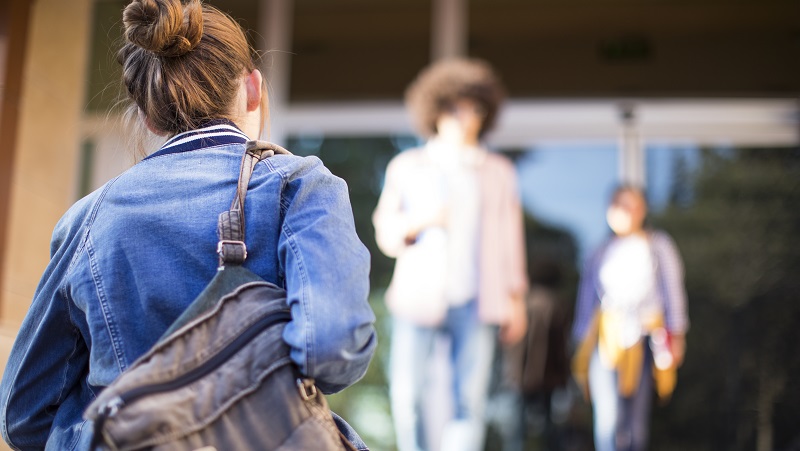In the midst of higher education’s upheaval, some of the most commonly referenced problems facing colleges and universities include falling enrollments and a decline in revenue. In response, many traditional institutions are doubling down on their current strategy: pushing for prestige, by prioritizing new enrollments and maximizing revenues per student. Is there a viable alternative strategy, whereby universities instead prioritize access and student success?
Looking to new students isn’t a silver bullet
The U.S. is running out of students who can pay full tuition. Students are tapped out: in the 2014-15 school year, 86% of first-time full-time freshmen received financial aid. This means that when schools increase tuition, only the remaining 14% of students can actually afford to pay more, creating a disconnect between raising tuition and actually getting more cash in the door.
Tuition rose by 4.8% per year between 2006 and 2016—adding up to an eye-popping 60% over the past decade. But tuition revenues per student grew by only half as much. Schools are having to discount even to attract wealthy students: private four-year schools are offering 33% discounts to students whose families are in the top income quartile. There is, so to speak, very little blood left in the turnip.
As for enrollments, overall U.S. enrollments in higher education declined by 1.5 percent, with 38 states seeing enrollments drop, according to The National Student Clearinghouse. Trends in the data highlighted that a good economy is keeping students in the workforce and out of school, hitting enrollment at community colleges and for-profit schools. Also, despite a strong economy, there are still many workers looking to reskill or upskill for a turbulent economy. A disproportionate number of them are choosing to do so at highly innovative programs, rather than traditional institutions.
The big prospect for traditional institutions is international students—and we’ve seen their numbers rise nearly five times faster than U.S. student enrollment growth over the past ten years.
International students are attractive to U.S. institutions because they bring financial resources, allowing schools to tap into a rich vein of tuition revenues at a time when affordability concerns in the U.S. are reaching fever pitch. But there are signs that this source of revenue is at risk.
In March of 2017, 40% of colleges and universities reported a decline in applications from international students, and early data show that the international student population fell in 2017, for the first time in years. International students have reported that they are concerned about being able to get visas to study in the U.S., being unwelcome in the country, and not being able to work in the U.S. after graduation. Competition from abroad also threatens this potential revenue stream.
Focusing on the problems at home
A report by ReUp Education, whose mission is to support students who have stopped out of college, found that over a million students drop out of college each year. Only 43 colleges out of 1,669 reviewed in a study by the Educational Policy Institute had a graduation rate of over 90 percent. By contrast, 1,132 of them had a graduation rate below 59 percent. ReUp Education observes that students often drop out for predictable reasons, like supporting a loved one in a time of medical emergency, or because the bills to live have just become too high to pay.
The 1,669 institutions in the Educational Policy Institute’s study “collectively lost revenue due to attrition in an amount close to $16.5 billion in a single academic year,” according to the “Forgotten Students” report. According to the Lumina Foundation’s “It’s Not Just the Money” paper, there is a tremendous societal cost as well, such as poor student health outcomes and higher taxes paid.
A possible solution
Bringing students back requires a nuanced approach. They haven’t all left for the same reason, and they aren’t in identical circumstances seeking to make the exact same progress in their lives. Working with them requires deep understanding about not just the different pushes and pulls that might spur them to return to college, but also their anxieties and current habits that are keeping them from re-enrolling.
An even better approach is investing in student supports along the way, to prevent drop-outs in the first place. Schools can do a much better job integrating around the needs of nontraditional students, including working adults, first-generation students, and students who are paying their own way. Building new business models around helping students succeed offers far more promise than doubling down on a prestige-based, high-tuition model that has run its course.


